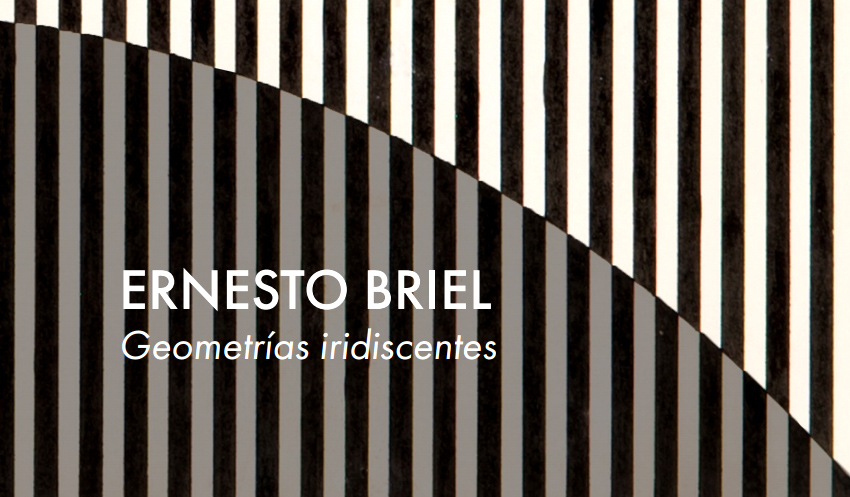19/12 2020 – 20/3 2021
Curator | Ariel Jiménez
Juan Carlos Maldonado Art Collection (JCMAC) | Miami | Florida
With the title Iridescent Geometries, the Juan Carlos Maldonado Art Collection gives continuity to the exhibition project that began six years ago. Since then, its objective has been to promote the study of modern and contemporary art at an international level, emphasizing abstract-geometric practices. On this occasion, and after having exhibited part of his collection, he focuses his attention on the work of Ernesto Briel, a Cuban optical artist whose production is practically unknown, even among specialists in Latin American art.
With this, JCMAC hopes to make a supplementary contribution to the study of abstract arts in Cuba, where political circumstances made the development of an art that was thought of as an autonomous practice almost impossible, not because it was disinterested in the political challenges of the 20th century. Quite the contrary, but because its authors were convinced that, by expanding the aesthetic boundaries of a community, whatever it might be, at the same time, the possibilities of reaching a social equilibrium were widening beyond the political demands of a given historical moment. Enriching humanity’s expressive tools implies a political position, not necessarily limited to a specific ideology.
Ernesto Briel is an artist whose work begins in the sixties of the last century; that is to say, when concrete, optical and kinetic abstraction had already borne its best results in the countries of the region, from Argentina to Mexico. With this, the public is faced with an abstract-geometric practice –and typically optical– when the expansion of these aesthetics reached maximum popularity and with it, even a hybridization process that makes this works a curious Pop expression of abstraction. Hence this unexpected hybridization of optical strategies in the manner of Vasarely with Pop motifs, such as traffic signs, letters, stars, and signs of wide circulation in the cities of the present.
Ernesto Briel was born in Guanabacoa, Cuba in 1943. An artist with a particular interest in the theater, Briel was a painter, producer and theater set designer who also worked briefly as an actor. He studied painting at the Escuela Nacional de Bellas Artes San Alejandro, and design at the Escuela Nacional de Diseño in Havana, and later photography, at the Parsons School of Design in New York. In 1969 he founded the Grupo de Arte Optico Cubano along with fellow artists Fornes, Serrano, and Morales, becoming the most representative and methodic artist of the genre. Feeling ostracized by the community regime due to his orientation he migrated to the US as part of a generation that left the island through the port of Mariel in the spring of 1980. Soon after his arrival he participated in the exhibit Three Cuban Painters at Middlesex County College in 1982 and in 1992, Jadite gallery of NY presented the exhibit Two Geometric Artists, along with Carmen Herrera, followed by a post humous solo show in 1994. His work is in the collections of the Jersey City Museum in New Jersey, the Museo Nacional de Bellas Artes in Havana and the Housatonic Museum of Art in Bridgeport, Conn. Briel died in NYC in 1992.
